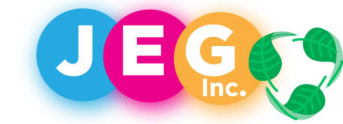
Can collaboration help break down supply barriers?
At the recent Refocus Plastics Sustainability & Recycling Summit in Minneapolis, representatives from across the plastics supply chain focused on how to boost recovery rates.
Eureka recovers 13 commodities and Davenport said the value of these materials can fluctuate by 100 percent to 150 percent. “This time last year, the average basket value for a ton of material that came into our facility was about $180,” she said. “Today, it’s about $70.”
Davenport said that as brands have made commitments to use recycled content, natural high-density polyethylene (HDPE) is the easiest material to use to follow through on those commitments. She said Eureka has seen the price of recycled natural HDPE separate from virgin pricing, while pricing for other plastics remains correlated with virgin material, though it often sells at a discount to that material.
Zach Muscato, corporate sustainability manager at Cross Plains, Wisconsin-based thermoformer Plastic Ingenuity, said conversations between packaging producers and brand owners are critical to ensuring packaging doesn’t create issues for MRFs or reclaimers.
“It’s really important we select a natural or clear material whenever possible and avoid certain features that are detrimental to the MRF,” he said.
One of the biggest challenges to MRFs and reclaimers Davenport said, is increased thermoformed packaging coming into MRFs.
When Eureka started accepting thermoforms about 10 years ago, she said they made up about 6 percent to 7 percent of a polyethylene terephthalate (PET) bale. That number is inching past 10 percent. However, thermoformed containers present problems for reclaimers focused on bottle-to-bottle recycling.
Eureka has considered separating PET bottles from thermoforms, but Davenport said cost benefits and end-market demand haven’t justified that.
Packaging producers have a vested interest in building those end markets, Muscato said, and recognize collaboration is needed.
“Recyclers are rational market actors,” Davenport said. “We’re not managing waste; we’re managing feedstock. And we really need more stability to justify capturing more material. … We cannot continue to ride this commodity wave and expect to capture more material.”



